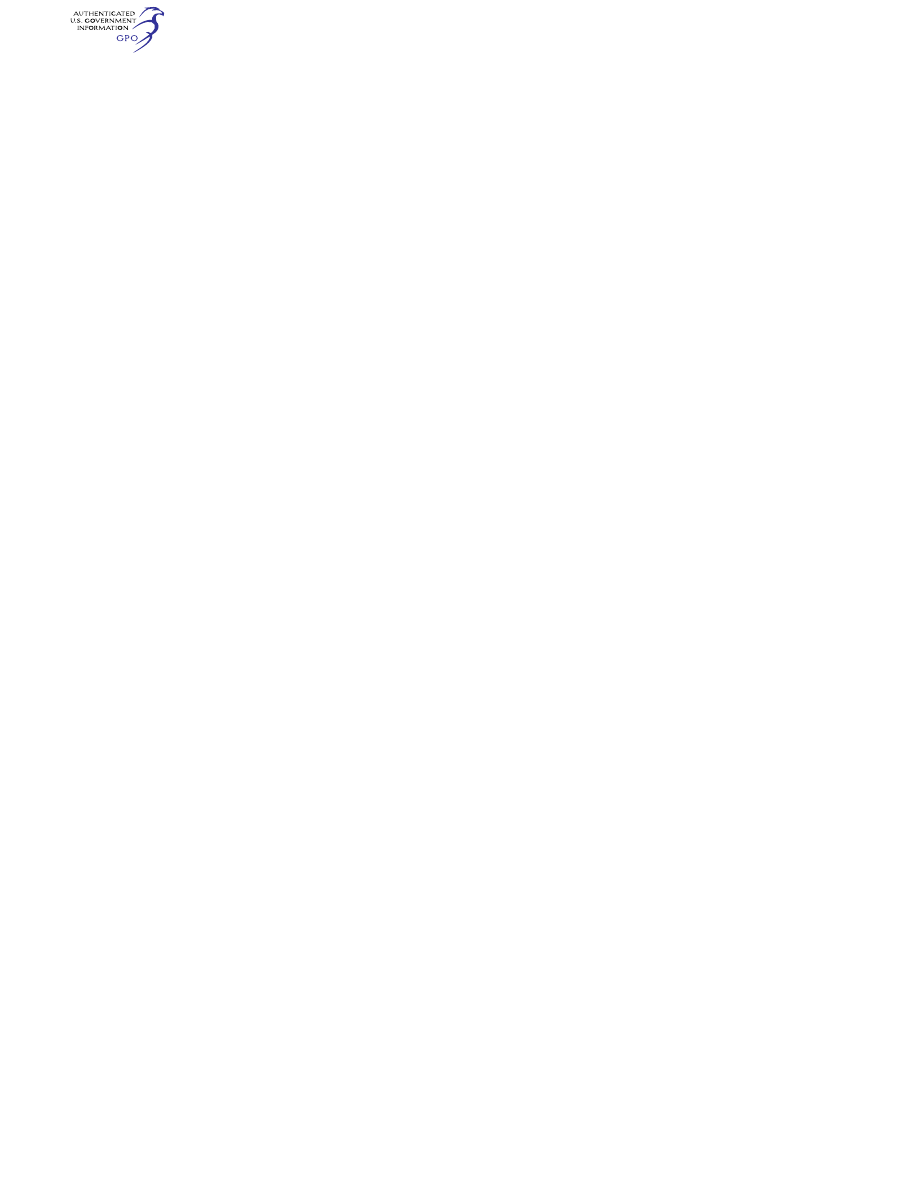
565
Federal Aviation Administration, DOT
§ 27.1583
§ 27.1557
Miscellaneous markings and
placards.
(a)
Baggage and cargo compartments,
and ballast location. Each baggage and
cargo compartment, and each ballast
location must have a placard stating
any limitations on contents, including
weight, that are necessary under the
loading requirements.
(b)
Seats. If the maximum allowable
weight to be carried in a seat is less
than 170 pounds, a placard stating the
lesser weight must be permanently at-
tached to the seat structure.
(c)
Fuel and oil filler openings. The fol-
lowing apply:
(1) Fuel filler openings must be
marked at or near the filler cover
with—
(i) The word ‘‘fuel’’;
(ii) For reciprocating engine powered
rotorcraft, the minimum fuel grade;
(iii) For turbine engine powered
rotorcraft, the permissible fuel des-
ignations; and
(iv) For pressure fueling systems, the
maximum permissible fueling supply
pressure and the maximum permissible
defueling pressure.
(2) Oil filler openings must be
marked at or near the filler cover with
the word ‘‘oil’’.
(d)
Emergency exit placards. Each
placard and operating control for each
emergency exit must be red. A placard
must be near each emergency exit con-
trol and must clearly indicate the loca-
tion of that exit and its method of op-
eration.
[Doc. No. 5074, 29 FR 15695, Nov. 24, 1964, as
amended by Amdt. 27–11, 41 FR 55471, Dec. 20,
1976]
§ 27.1559
Limitations placard.
There must be a placard in clear view
of the pilot that specifies the kinds of
operations (such as VFR, IFR, day,
night, or icing) for which the rotorcraft
is approved.
[Amdt. 27–21, 49 FR 44435, Nov. 6, 1984]
§ 27.1561
Safety equipment.
(a) Each safety equipment control to
be operated by the crew in emergency,
such as controls for automatic liferaft
releases, must be plainly marked as to
its method of operation.
(b) Each location, such as a locker or
compartment, that carries any fire ex-
tinguishing, signaling, or other life
saving equipment, must be so marked.
§ 27.1565
Tail rotor.
Each tail rotor must be marked so
that its disc is conspicuous under nor-
mal daylight ground conditions.
[Amdt. 27–2, 33 FR 965, Jan. 26, 1968]
R
OTORCRAFT
F
LIGHT
M
ANUAL AND
A
PPROVED
M
ANUAL
M
ATERIAL
§ 27.1581
General.
(a)
Furnishing information. A Rotor-
craft Flight Manual must be furnished
with each rotorcraft, and it must con-
tain the following:
(1) Information required by §§ 27.1583
through 27.1589.
(2) Other information that is nec-
essary for safe operation because of de-
sign, operating, or handling character-
istics.
(b)
Approved information. Each part of
the manual listed in §§ 27.1583 through
27.1589, that is appropriate to the rotor-
craft, must be furnished, verified, and
approved, and must be segregated,
identified, and clearly distinguished
from each unapproved part of that
manual.
(c) [Reserved]
(d)
Table of contents. Each Rotorcraft
Flight Manual must include a table of
contents if the complexity of the man-
ual indicates a need for it.
(Secs. 313(a), 601, 603, 604, and 605 of the Fed-
eral Aviation Act of 1958 (49 U.S.C. 1354(a),
1421, 1423, 1424, and 1425); and sec. 6(c) of the
Dept. of Transportation Act (49 U.S.C.
1655(c)))
[Amdt. 27–14, 43 FR 2325, Jan. 16, 1978]
§ 27.1583
Operating limitations.
(a)
Airspeed and rotor limitations. In-
formation necessary for the marking of
airspeed and rotor limitations on, or
near, their respective indicators must
be furnished. The significance of each
limitation and of the color coding must
be explained.
(b)
Powerplant limitations. The fol-
lowing information must be furnished:
(1) Limitations required by § 27.1521.
(2) Explanation of the limitations,
when appropriate.
VerDate Sep<11>2014
09:06 Jun 28, 2024
Jkt 262046
PO 00000
Frm 00575
Fmt 8010
Sfmt 8010
Y:\SGML\262046.XXX
262046
jspears on DSK121TN23PROD with CFR